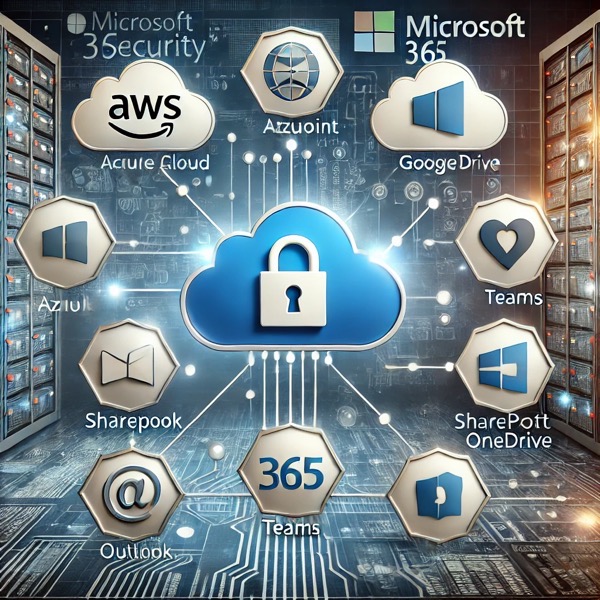Overview
We get a lot of questions about configuration reviews, so we built this FAQ document to help folks learn more. Here are the most common questions:
General Questions
1. What is an MSI configuration assessment?
An MSI (Managed Security Infrastructure) configuration assessment evaluates the security posture of devices, applications, and cloud environments. It ensures that configurations align with best practices, compliance requirements, and industry security standards.
2. Why do I need a configuration assessment?
Misconfigured systems are a leading cause of security breaches. An assessment helps identify vulnerabilities, enforce security controls, and reduce risk exposure by ensuring that all configurations adhere to security best practices.
3. How often should configuration assessments be performed?
Regular assessments should be conducted at least annually or whenever significant changes occur (e.g., system updates, new deployments, or security incidents). For high-risk environments, quarterly reviews may be necessary.
Scope and Coverage
4. What types of devices are assessed?
The assessment includes:
– Workstations (desktops, laptops)
– Servers (on-premise and cloud-based)
– Mobile devices (smartphones, tablets)
– Network equipment (firewalls, routers, switches)
– Security devices (IDS/IPS, SIEM, VPNs)
5. What applications are included in the assessment?
– Enterprise applications (ERP, CRM, HR systems)
– Cloud-based applications (SaaS, IaaS, PaaS)
– Web applications and APIs
– Databases
– Custom-built software
6. What cloud environments do you assess?
We assess public, private, and hybrid cloud environments, including:
– AWS, Azure, Google Cloud
– SaaS platforms (Microsoft 365, Salesforce, etc.)
– Virtualization platforms and containers (VMware, Docker, Kubernetes)
Assessment Process
7. How is the assessment conducted?
The assessment involves:
– Reviewing system configurations and settings
– Comparing configurations against security benchmarks (e.g., CIS, NIST, ISO 27001)
– Identifying misconfigurations, vulnerabilities, and security gaps
– Providing remediation recommendations
8. Do you perform automated or manual assessments?
A combination of both is used. Automated tools scan for vulnerabilities and misconfigurations, while manual analysis ensures accuracy, evaluates complex settings, and validates findings.
9. Will the assessment impact business operations?
No. The assessment is non-intrusive and performed with minimal disruption. In cases where changes are necessary, they are recommended but not enforced during the assessment.
Security and Compliance
10. What security frameworks and compliance standards are covered?
– CIS Benchmarks
– NIST Cybersecurity Framework
– ISO 27001
– PCI DSS
– HIPAA
– SOC 2
– Cloud Security Alliance (CSA) guidelines
11. Will this help with compliance audits?
Yes. A configuration assessment ensures that security controls are in place, reducing audit findings and non-compliance risks.
Findings and Remediation
12. What happens after the assessment?
You receive a detailed report outlining:
– Identified misconfigurations and risks
– Recommended remediation steps
– Prioritized action plan for improvements
13. Do you help with remediation?
Yes. We provide guidance and support for implementing recommended changes, ensuring a secure configuration.
Cost and Scheduling
14. How much does an MSI configuration assessment cost?
Cost varies based on scope, environment size, and complexity. Contact us for a customized quote.
15. How can I schedule an assessment?
Reach out via email, phone, or our website to discuss your requirements and schedule an assessment.
* AI tools were used as a research assistant for this content.


